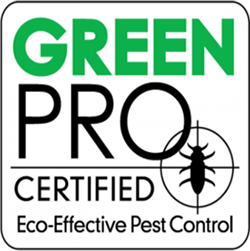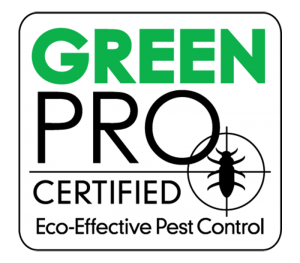- Details
Not only are ticks one of the most disturbing parasites you can find on your body but they’re also a huge health hazard to humans and pets.
- Details
Dealing with pests indoors and outdoors is part of everyday life for most of us. It’s not unusual to see an occasional ant or other insect crawling around your countertops or kitchen floor. Unfortunately, a few insects can turn into many in a very short period of time, especially in the warmer months.
- Details
There are several species of crickets and they can all become a huge nuisance once they invade. Not only are they noisy, they are also very destructive especially if they are indoors. Although cricket infestations are more common outdoors they can occur inside your home, garages and basement areas. If you’re seeing crickets inside your home, there are more serious predators that can follow. So getting rid of these pests is an important step to keep other invasive critters out.
- Details
Both centipedes and millipedes are found on every continent except Antarctica. They are Arthropods with many jointed legs and body segments, and there are many species of both, yet there are some key differences between the two.
- Details
In recent years, there has been an increase in bed bug infestations across the country. They cause property loss, extreme inconvenience, and can be expensive to exterminate. According to The Center for Disease Control, everyone is at risk for a bed bug infestation, but those who travel often and/or share living areas with others are at greater risk. At the very least, you should be knowledgeable enough to conduct an inspection of your home at regular intervals and after each time you travel. Inspections could save you hassle and cost in the long run.
- Details
Types of pests which may infest your pantry food items
Indianmeal moths are the most common invasive pests in pantries. Most of these pests are more likely to infest products that have been opened, but the larvae of this species have the ability to bite through plastic and cardboard; thus, even sealed containers may be infested. Insects inside an infested package may multiply and can spread to other stored foods not only in the same area but into other rooms.
- Details
Whether you’re already a happy homeowner or a buyer ready to purchase your dream home, it’s important to know that serious issues can occur from wood-destroying insects. Termites, carpenter ants, carpenter bees, powderpost beetles, and other wood-destroying insects lurk beneath the surface of wood and commonly go unnoticed until they’ve caused substantial damage. According to the Environmental Protection Agency (EPA), termites alone cause billions of dollars in structural damage each year.
- Details
If you enjoy spending time outdoors during the spring and summer, you’ve likely had encounters with annoying mosquitoes. In addition to leaving irritating bites, these common pests can transmit diseases such as the Zika virus, according to the Centers for Disease Control and Prevention.
- Details
SPRING AND SUMMER PEST CONCERNS
The most challenging time to battle pests occurs in the warmer weather months, especially as we enjoy the outdoors. Blooming flowers and trees attract any number of insects. Bees and wasps are drawn to fresh spring blooms as they feed on the pollen. They can pose a significant threat to pets and anyone allergic to bee stings. It’s important to keep doors and windows closed during the times of day when they’re most active (early afternoon through early evening). If windows are open be sure there are screens to prevent insects from entering your home.
- Details
Ants are extremely social insects, in fact, they aren’t able to survive without their colony. It is because of this, if you see one ant lazily crawling across the floor or countertop you should expect that there are many more nearby. These tiny insects need a food source to survive, so the single most important factor in deterring them is to clean up any spilled food or drinks right away. Even in the tidiest areas, you can still experience an ant invasion. A tiny morsel of food that is hidden from view under a cabinet is enough to attract ants. They will also eat food that you would typically store in cabinets.












